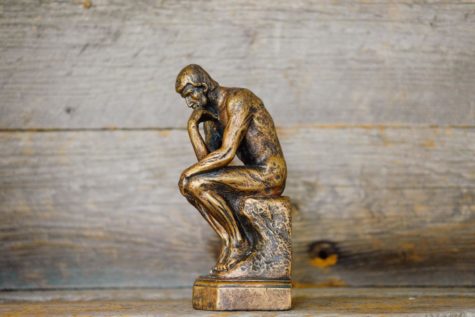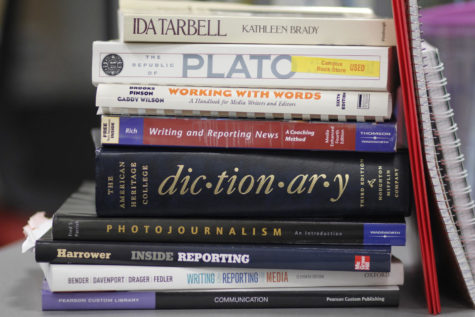Jazz reflects life
July 28, 2010
Among the strategically formulated orchestrations throughout musical history, I have found jazz to be the mirror for how humans interact.
Aside from creating some of the most relevant and moving pieces of music, the way in which jazz comes to life when performed live has a spontaneous nature that is a reflection of how relationships and actions develop.
Miles Davis played his music with an undying love of sound. He began with a riff, and others would join, combining these spontaneous bars to create a piece of live music recording does not do justice to.
In the beginning, jazz was spontaneous, it goes against its nature to be prerecorded, but of course it had to be. I think any jazz admirers would agree any studio recording of Davis pales in comparison to his performance recordings.
When you listen to jazz, its nature jumps from the speakers, takes you by the shoulders and pushes you back and forth. Jazz musicians such as Davis and Billie Holiday set the standard for jazz to progress, and brought in a fan base that has remained loyal, passing down that loyalty and admiration to others — it doesn’t hurt that most jazz has something to do with love.
Today, jazz continues to hold a strong place in the hearts of musicians and patrons alike. However, like any other genre, jazz has evolved, and in some cases integrated itself with contemporary genres to create something new.
Avant-garde jazz group Medeski, Martin and Wood have reformulated the sounds dreamed up my legends like Holiday and Davis to make music that obviously reflects the traditional techniques, but takes advantage of the availability of technology.
Medeski, Martin and Wood utilize various instruments to add to the texture of the orchestration and give the sound another layer; intensifying the emotion they try to evoke.
If you want a record that has the traditional aspects to jazz, but combined with heavy drums and additional instrumentation with a funk inspiration, listen to Medeski, Martin and Wood’s record “Last Chance to Dance Trance”, it will not let you down.
Now, of course, there are contemporary musicians that hold true to the traditional sounds of jazz. Sirens Norah Jones and Melody Gardot both maintain that deep, full voice reminiscent of Billie Holiday.
Granted, Jones has integrated jazz into contemporary pop, yet she still has the same ability that the likes of Shirley Horn has to make my hairs stand on end. Horn’s record “Here’s to Life” is what I believe to be one of the most beautiful jazz albums ever made. Her music revolves, as most jazz does, around love. This, I believe, is also one of the most moving records about love I have heard.
Though, I must say, I appreciate the obscurity found in jazz musician Arve Henriksen’s record “Cartography.” The structure is jazz, and the musicianship is clearly jazz inspired. However, he uses the influence of the early jazz musicians to create orchestrations featuring one, maybe two, instruments — usually a trumpet or piano — also featuring spoken word. He uses jazz as an aspect to tell a story. When listening to this album, I insist you do nothing else, and listen beginning to end because the entirety of the album does tell a consistent story that hits the heart hard by the end.
I respect jazz as a genre in the way I appreciate the spontaneity of the original musicians and the vast range of musicians they have inspired throughout the years. They played on instinct, without intentions and without a self-obtaining plan; a way individuals should act in everyday life.
Hannah Arendt said the only true action is spontaneous action. It’s possible that could be true about music. However, I don’t believe I am wise enough to make that judgment with any kind of certainty.














